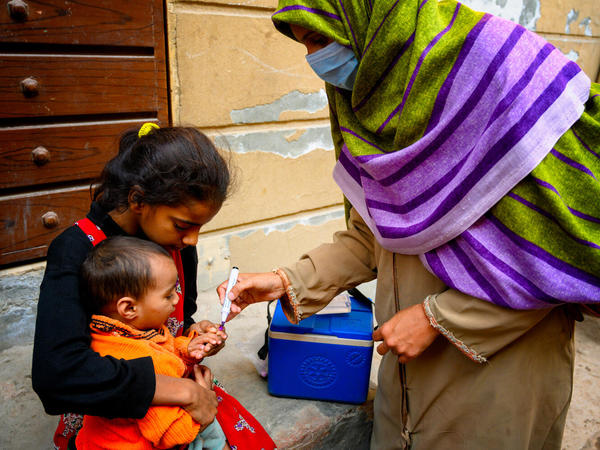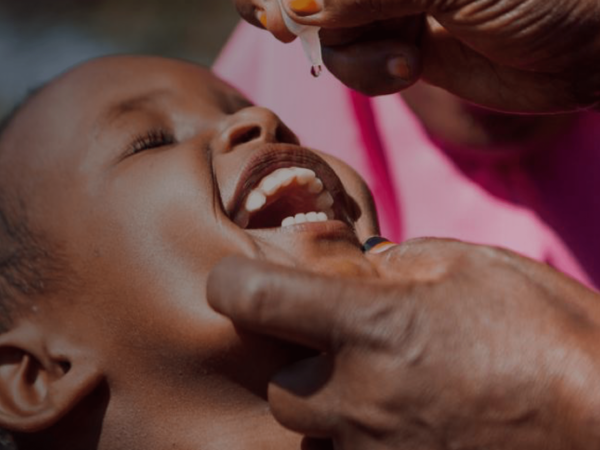Developing messaging to reach specific audiences to address specific problems is the heart of message development. As with audience segmentation, messaging must be directed to both primary and the secondary audiences who can influence them.
The Audience Type tables in each of the three Global Communications Strategy scenarios offer a good starting point in basic message development, aligned with the influencers at each level of the Social Ecological Model.
Remember messaging themes can be common, but how they are delivered may be very different from channel to channel. No channel is perfect on its own, but the power of interpersonal communication in influencing behaviour is well-known.
Consider these seven common problems faced by polio vaccination programmes:
- Repeated campaigns
- Belief that the Oral Polio Vaccine is unsafe
- Belief that the Oral Polio Vaccine is ineffective
- Campaign or vaccinator mistrust
- Children are not available (absent, newborn, sick, sleeping)
- Belief that polio is curable
- Vaccine Derived Polio Virus
Interpersonal communication is dynamic and can be tailored to fit the individual's specific needs and barriers. For each of the seven themes, interpersonal communication approaches and key messages have been developed in the Enduring Outbreak scenario (see page 24). For each of the seven, the problem, communications approach and both caregiver and influencer messages are highlighted.
Messages like these should be incoporated as much as possible into frontline worker trainings.
Learn more
Explore the other two learning modules in this 3-step tutorial to design evidence-driven communication strategies to help vaccinate every child.
Integrate communications tactics and understand their strengths and weaknesses, then evaluate performance.
You cannot do everything and your ability to prioritize your interventions and target behaviours is paramount. One simple way to do this is to evaluate importance of the behavior and its changeability.



